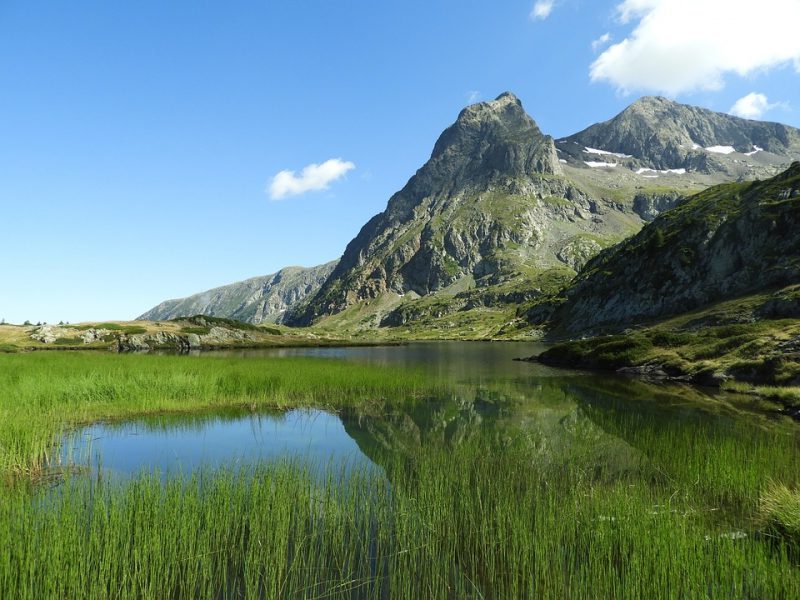The spaces of the Red Natura 2000 They are fundamental tools for nature conservation biodiversity in the European Union. Its creation aims to reconcile the defense and protection of biodiversity with the challenges posed by human activities.
These areas have been designated to protect a range of habitats and species representative of European biodiversity. The precise list of these habitats and species has been added to the European directives on birds and habitats, fauna and flora.
The approach of the Red Natura 2000 promotes the collective search for a balanced and sustainable management of spaces. This takes into account the economic and social concerns inherent in anthropogenic activities.
Evaluation and monitoring of the Natura 2000 network
Although in the spaces of the Red Natura 2000 Some human activities are allowed and infrastructure projects can be implemented, but this must be done carefully. Because activities can be harmful to biodiversity and impact protected species and habitats, they must be assessed in advance.
The daily management of the areas of the Red Natura 2000 It is based on an approach that involves all stakeholders at local level. A steering group defines the conservation objectives and establishes management measures per area. These are then implemented in the form of contracts, which are co-financed by the EU.
This network of nature reserves was created thanks to two European directives. One is concerned with birds and the other with habitat protection. They date from 1979 and 1992 respectively. And the idea behind their creation was to give Member States a common framework for action, which would help them preserve their own natural environment.
These two guidelines form the basis of the Red Natura 2000. And it aims to preserve the health of the population nature and protect the biodiversity of the environment. And at the same time take into account the economic, social, cultural and regional demands of the area and its needs.
Birds, SPA and ZICO
The directive of April 2, 1979, known as the “Birds Directive”, provides for the protection of the habitats necessary for the reproduction and survival of all those bird species considered rare or endangered on the European continent.
In each country of the European Union, the most suitable places for the conservation of the habitats of these species are classified as special protection zones, better known as SPAs. Their number and surface area are always taken into account. To determine these locations, an inventory called ZICO was carried out. It catalogs the most important areas for bird conservation.
Habitat and ZSC
The directive of 21 May 1992 called “Habitats” promotes the conservation of natural habitats of wild fauna and flora. It provides for the creation of a European ecological network of special areas of conservation, known as SAC. The natural environments mentioned in the directive include freshwater habitats, maquis, temperate heathlands and shrublands, rocky habitats and caves, herbaceous formations, peat bogs, continental dunes and many more.

